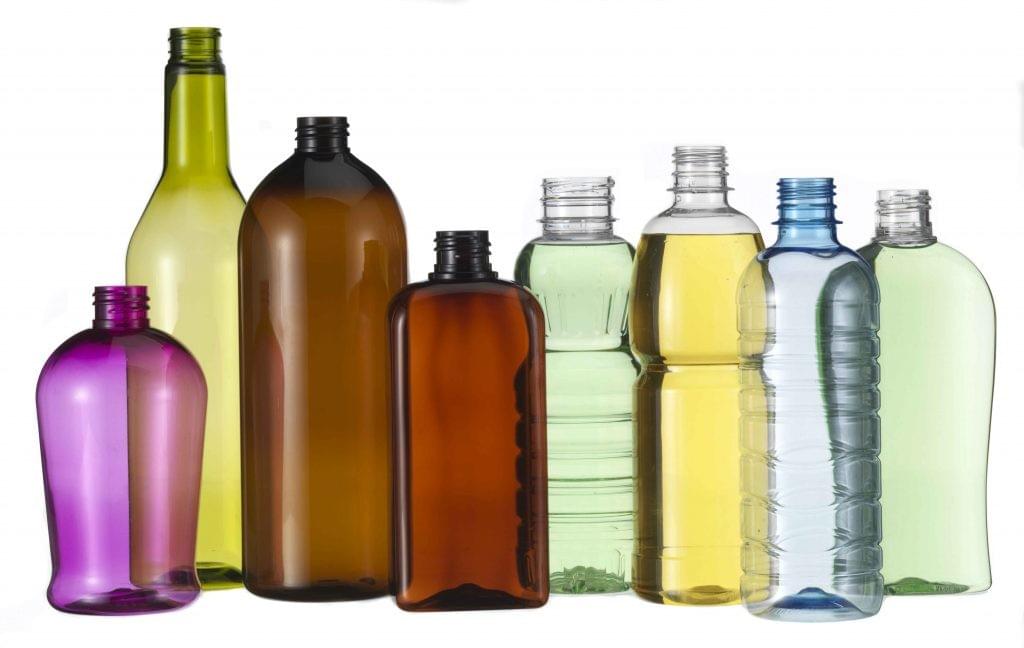The most widely utilised plastics in reaction injection moulding are produce an accurate, polyetherimide, and fibre composites. The qualities of these materials vary based on the number of base substances or additional chemicals utilised during polymerization. Various combinations can provide a variety of elastomeric properties, which affect a product's capacity to stretch under mild stress and return to its normal. This range influences the flexibility of structured, solid, and composites polymeric materials, which are the primary products utilised in polyurethane manufacturing.

RIM is a form of liquid compression Pet Plastic Bottles moulding since the process uses molten plastic. One of the streams is frequently injected with carbon fillers or short fibre resin to improve the manufacturer's stress-to-strain ratio and decrease the temperature.
Pet Plastic and cylindrical pipe
PVC water and sewage pipes are two of the most prevalent types of plastic extruded pipes. Other polymers are used in industrial applications to convey liquids and gases that PVC may not be able to handle. Larger sewage pipes, which constitute some of the biggest plastic extrusions encountered, typically have diameters of several feet. Micro-miniature healthcare tubes with an OD of less than.010" are at the other extreme of the spectrum. Plastic tubing is required to transmit oxygen in the intensive care unit, fuel in tiny internal combustion engines, and soda in a plastic tube.
Items Compressed and Blow Shaped
Extrusions are the beginnings of bottles and jars. After reaching a specific length, a two-piece mould pinches off and seals around the blank, which is now known as a parison. While the parison is still hot, the mould is pumped with compressed air, which expands to the internal size of the mould. After cooling, the mould ejects the bottle and the cycle continues suddenly.
PET Plastic - Recycled Plastic Applications
Reclaimed plastic may be used to make packaging essential use of Pet Plastic Products and its purpose plastic timber, furniture, and a variety of lightweight materials. PET is one of the most often recycled polyurethanes, which is used to make synthetic fibres as well as glass jars such as bottles. Every year, almost a million tonnes of PET components are salvaged and resold to manufacturers all over the world.
Recycling process and rehabilitation services use a variety of methods to transform comment polymer into usable stock. The procedures and intended uses for recycled PET products are influenced by a variety of characteristics such as transparency and colour. The strength overall yield of the plastic, as well as the amount of peripheral material connected to the basic resin, are other crucial parameters.
Sorting and Granulating
Prior to the start of reclamation, spent PET goods are crushed into bales and delivered to a resource recovery firm. The first stage of a standard PET plastic reclamation operation involves classifying the various types of resin into groups. After sorting, the plastic goods are crushed into fragments whose size is determined by the specific processing procedure that would be used on them. These resin grains, or powdered plastic, are known to as "flakes," and will be used to build the basis of future products. Maintaining the cleanliness of the flakes is critical for sustaining the value of the recycled plastic, since non-reusable parts can diminish durability and, eventually, revenue.

The difficulty of segregating non-reusable materials from reclaimable plastic portions might affect a reclamation project's cost-efficiency and efficacy. After grinding, air approaches can be used to separate lighter items from the reclaimable plastic base, such as labels or caps. The granulated technique itself aids in the separation of non-resin elements from the inventory, but bonds and fasteners can obstruct the process, boosting the cost of flake manufacturing by reducing overall yield.
